Students in EECS 556: Image Processing, explore methods to improve image processing in applications such as biomedical imaging and video and image compression
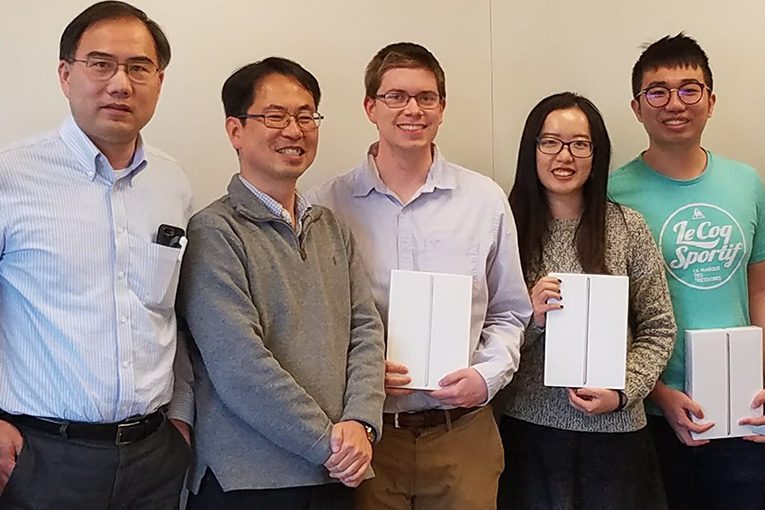

Students in EECS 556: Image Processing, explore methods to improve image processing in applications such as biomedical imaging and video and image compression
By developing a fast algorithm to map out the paths light takes through yogurt, researchers aim to someday see through skin.
The post Seeing through materials appeared first on Michigan Engineering News.

Award for outstanding doctoral candidates near the end of their study.
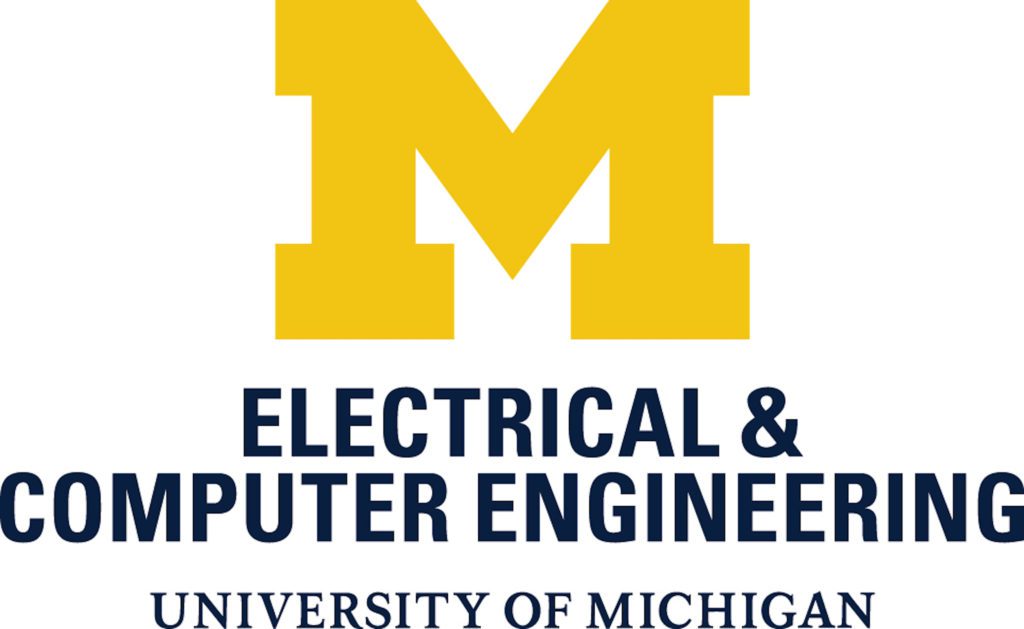
Prof. Kanicki expects breakthroughs in both the flat-panel display and imager industries using his-ITZO TFT technology in the near future.
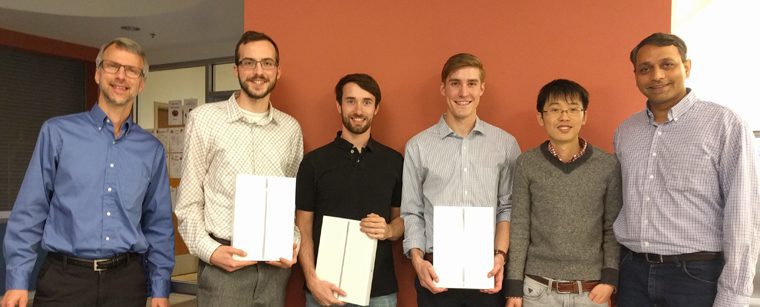
The course covers the theory and application of digital image processing, with applications in biomedical images, time-varying imagery, robotics, and optics.
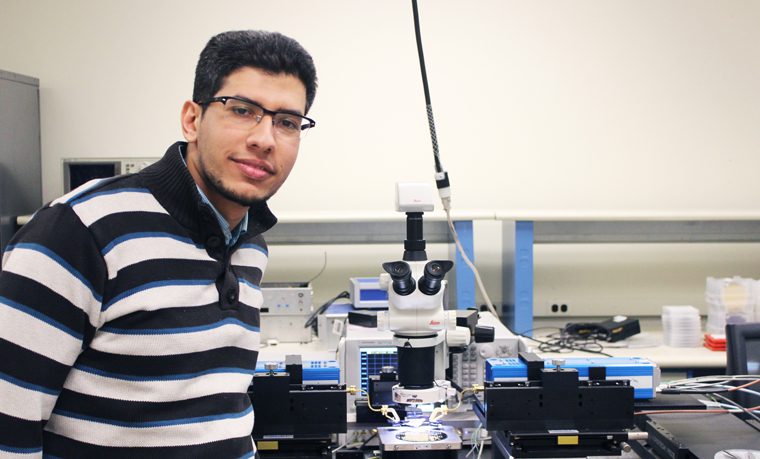
Amr is investigating both the unique advantages and the performance limitations of radar systems operating at 240 GHz in typical outdoor environments.
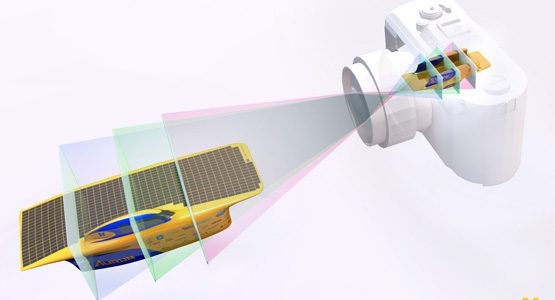
While 3D films are currently made using multiple cameras to reconstruct each frame, this new type of camera could record in 3D on its own.

Prof. Fessler has revolutionized medical imaging with groundbreaking mathematical models and algorithms that improve both safety and quality.
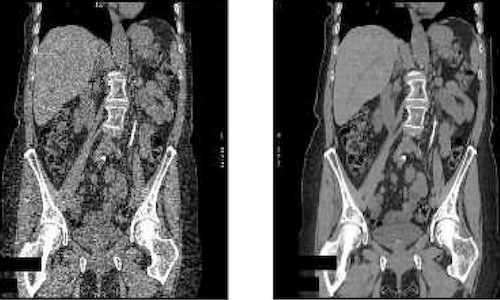
Ultra-low dose CT scans that provide superior image quality could not only benefit patients, but they could open up entirely new clinical applications.
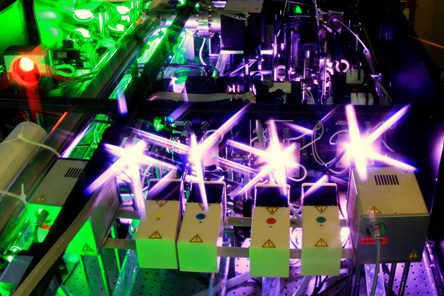
One of the most promising avenues for achieving new target levels of high peak intensity and high average power in an ultrafast laser system is to turn to fiber lasers.